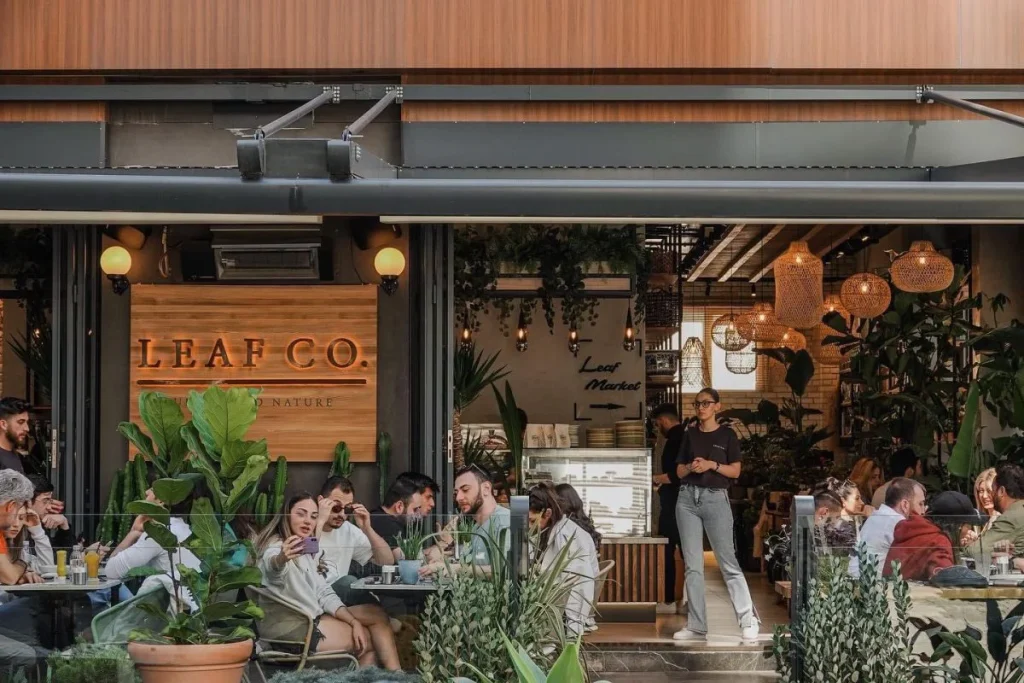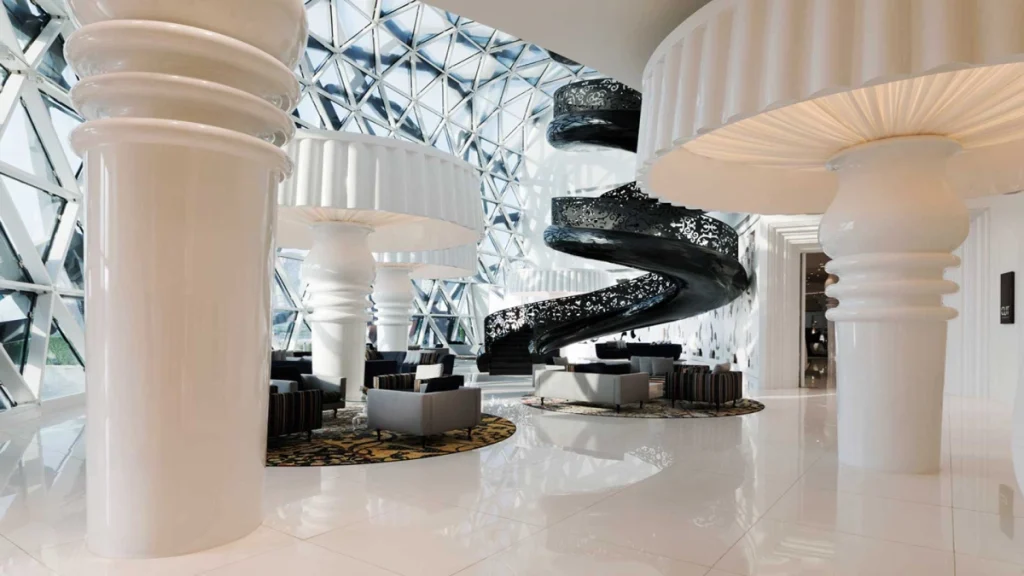Sustainable architectural interior design trends are shaping the future of how we build and inhabit spaces. By prioritizing environmentally friendly materials, energy-efficient technologies, and innovative solutions, designers are creating interiors that are as kind to the planet as they are beautiful and functional. This movement towards sustainability reflects a commitment to reducing environmental impact while maintaining high standards of comfort and aesthetics.
In this article, we aim to raise awareness by examining the key trends in sustainable architectural interior design. Through examples like Emaar | Dubai Hills Villa, Battersea Residence | London, and Mayfair Penthouse | London, we will explore how green innovations are integrated into luxury design, offering inspiration for environmentally conscious projects.
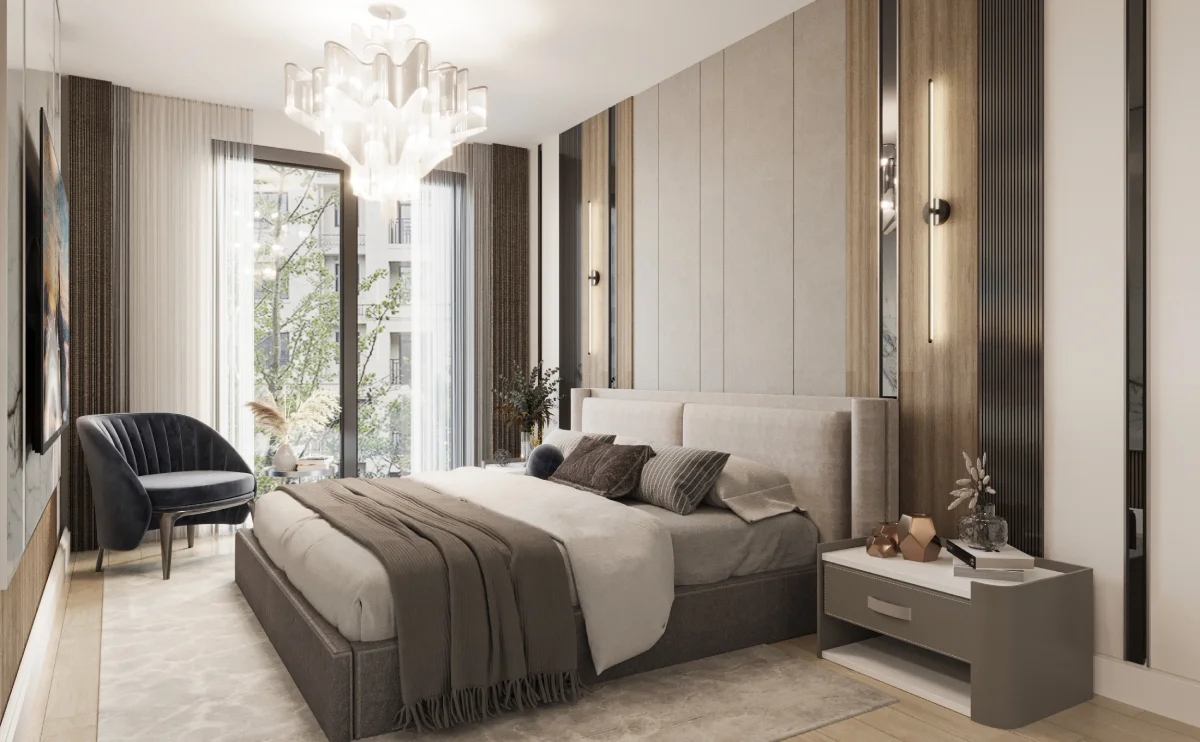
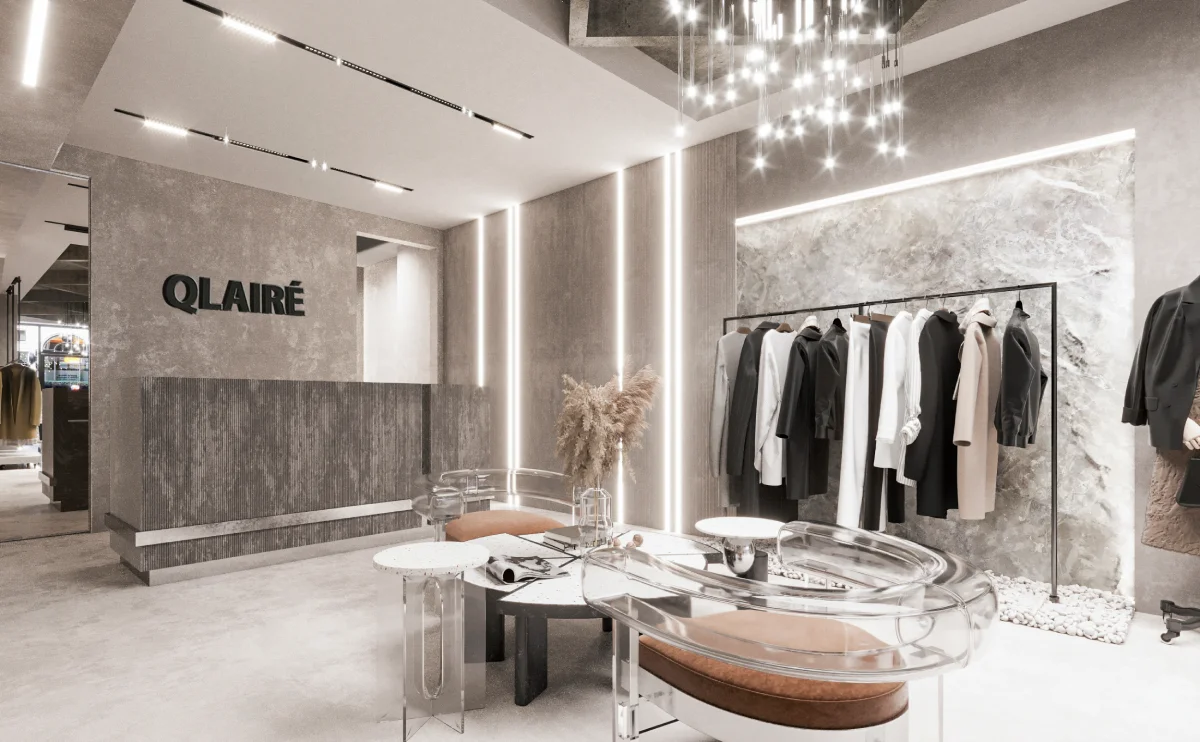
1. What Defines Sustainable Architectural Interior Design?
Sustainable architectural interior design is an approach that minimizes the environmental footprint of a project while maximizing its efficiency and longevity. The core principles include:
- Using Eco-Friendly Materials: Incorporating sustainable resources such as reclaimed wood, bamboo, and recycled glass.
- Energy Efficiency: Implementing smart technologies, natural lighting, and insulation systems to reduce energy consumption.
- Waste Reduction: Prioritizing designs that minimize waste during construction and throughout the building’s lifecycle.
For instance, the Emaar | Dubai Hills Villa integrates solar panels and energy-efficient lighting to reduce its carbon footprint, demonstrating how luxury and sustainability go hand in hand.
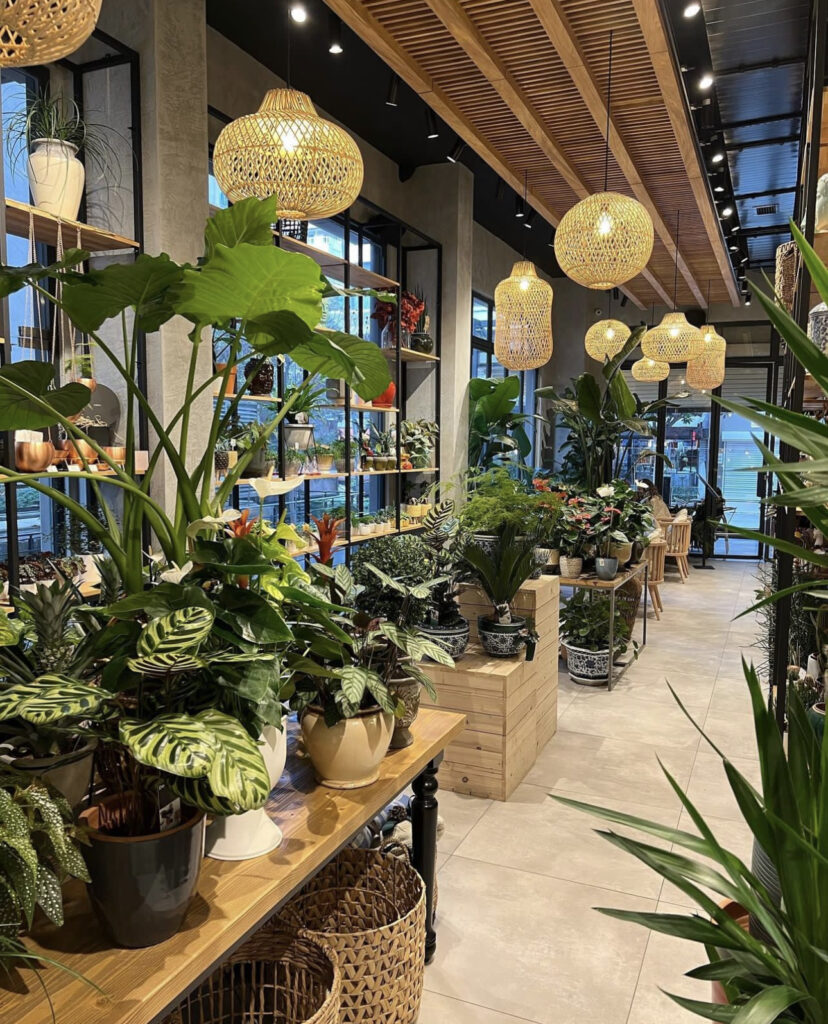
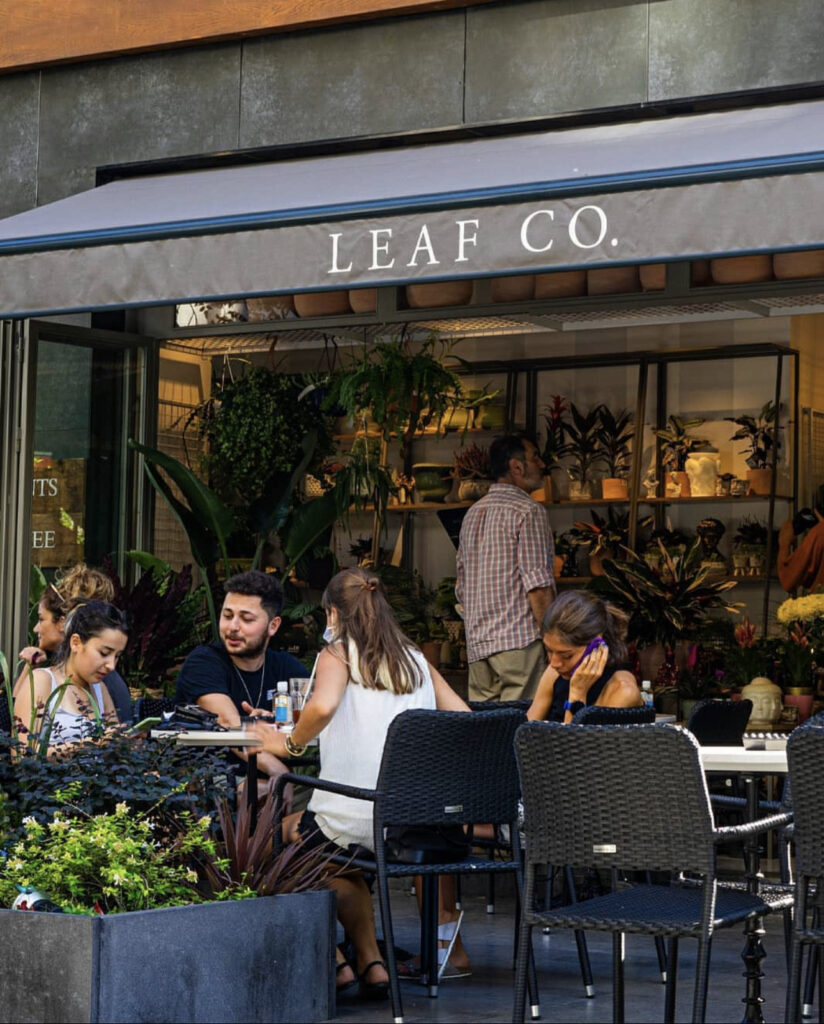
2. Exploring Key Sustainable Architecture Interior Design Trends
a. Biophilic Design
Biophilic design focuses on connecting interiors with nature by integrating natural elements such as indoor plants, water features, and organic textures. This approach enhances well-being while improving indoor air quality.
The Battersea Residence | London showcases this trend by incorporating vertical gardens and floor-to-ceiling windows that bring in natural light and greenery, creating a serene urban retreat.
b. Energy-Saving Innovations
From smart home systems to energy-efficient HVAC solutions, reducing energy use is a top priority. Features like motion-sensor lighting and low-energy appliances make interiors more sustainable without sacrificing functionality.
c. Recycled and Upcycled Materials
Using materials with a second life is a hallmark of sustainable design. Furniture crafted from reclaimed wood or recycled metals adds character to interiors while reducing resource consumption.
d. Low-Impact Finishes
Eco-friendly finishes, such as VOC-free paints and sealants, ensure healthier indoor environments by reducing harmful emissions.
3. Implementing Sustainable Practices in Interior Design Projects
Sustainability is achieved through a combination of thoughtful planning, material selection, and innovative technology. Key steps include:
- Site-Specific Design: Tailoring designs to the location’s climate and environment to optimize natural resources.
- Green Certifications: Adhering to standards such as LEED (Leadership in Energy and Environmental Design) to ensure sustainable practices.
- Lifecycle Analysis: Evaluating the environmental impact of materials and systems from production to disposal.
The Mayfair Penthouse | London demonstrates these principles by using solar-reflective glass and energy-efficient appliances, making it a model of urban sustainability.
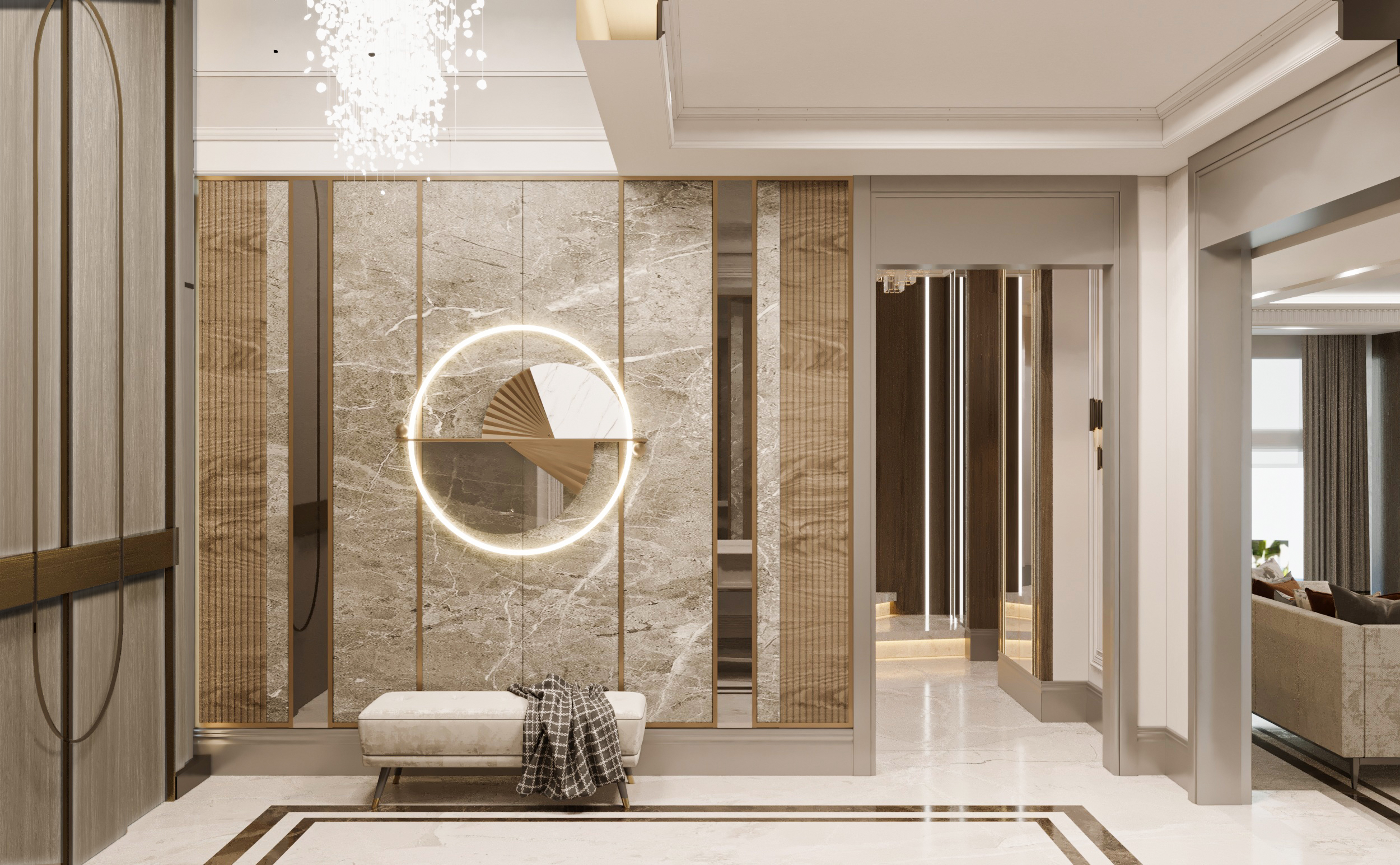
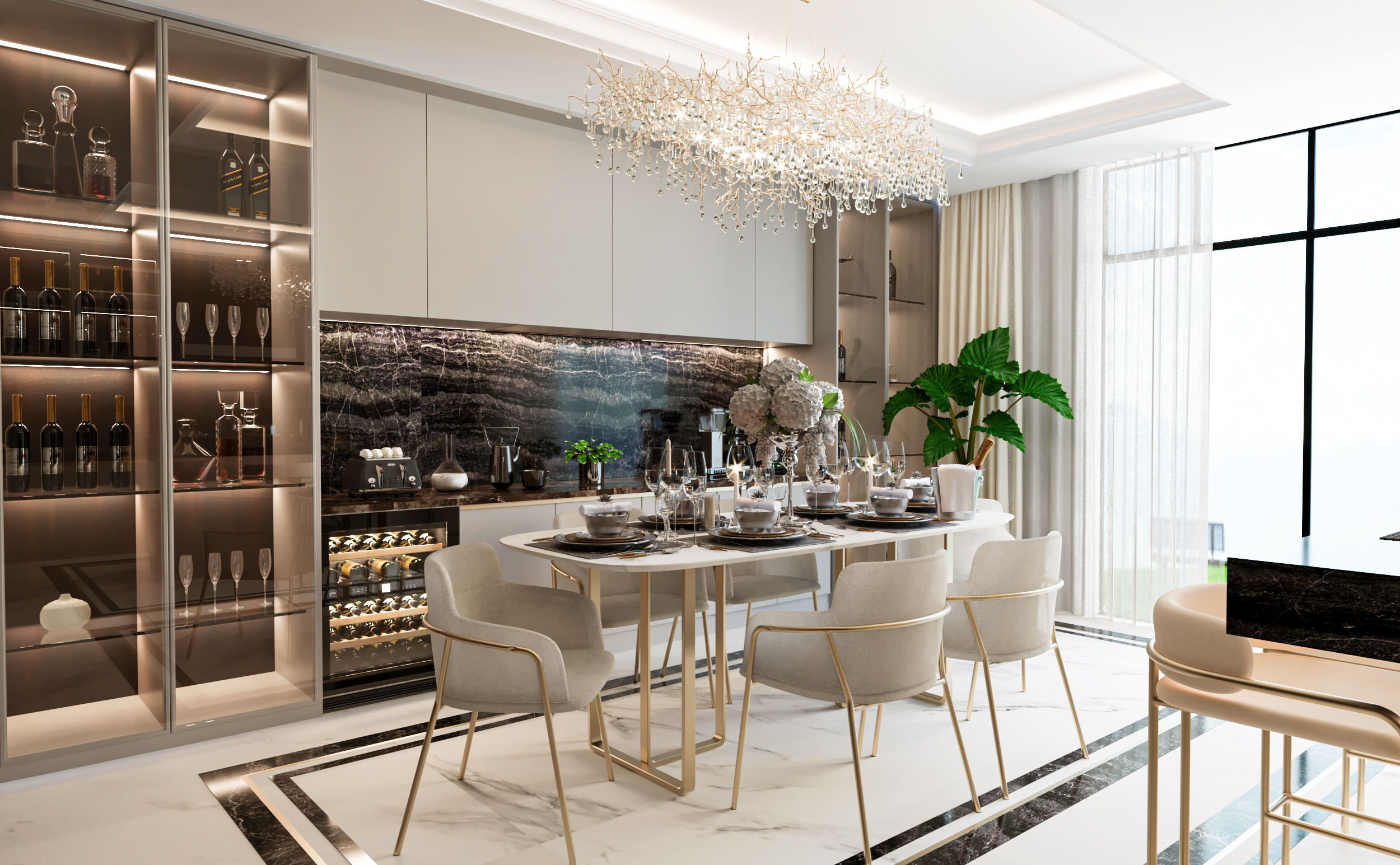
4. Why Choose Sustainable Architectural Interior Design?
Opting for sustainable design provides numerous benefits, including:
- Environmental Impact Reduction: Lowering carbon emissions and conserving natural resources.
- Long-Term Savings: Energy-efficient solutions result in reduced utility costs.
- Improved Health and Well-Being: Natural materials and eco-friendly finishes contribute to healthier indoor air quality.
- Enhanced Aesthetic Appeal: Combining sustainability with modern design trends creates timeless, elegant spaces.
Partnering with professionals ensures your project integrates sustainability at every stage. Our comprehensive services include Architectural Concept Design, Material Selection, and 3D Modeling, allowing us to bring your vision to life while prioritizing eco-conscious practices.
Conclusion
Sustainable architectural interior design trends are revolutionizing how we think about building and decorating spaces. By embracing eco-friendly materials, energy-saving innovations, and biophilic elements, these designs offer a perfect balance of luxury and environmental responsibility.
Explore how projects like Emaar | Dubai Hills Villa, Battersea Residence | London, and Mayfair Penthouse | London exemplify these principles, showcasing how sustainability can elevate both form and function. Let’s redefine spaces together with solutions that respect the planet while enhancing your lifestyle.
You can follow our Sia Moore Pinterest account and find images of our current projects.

